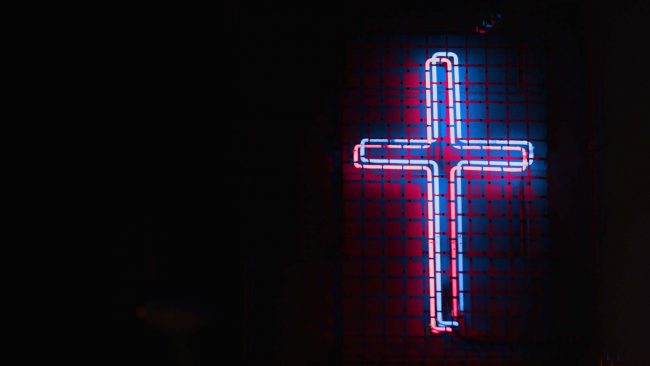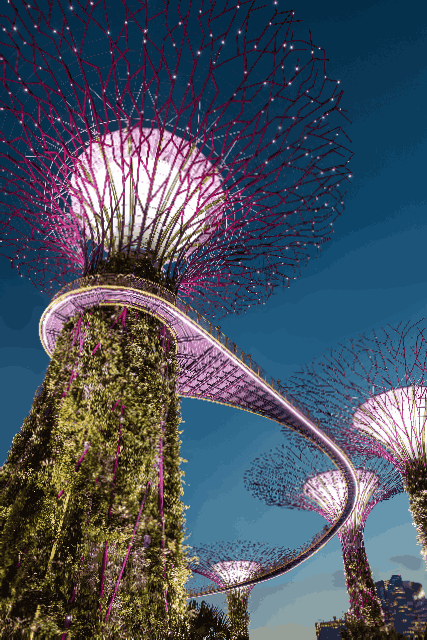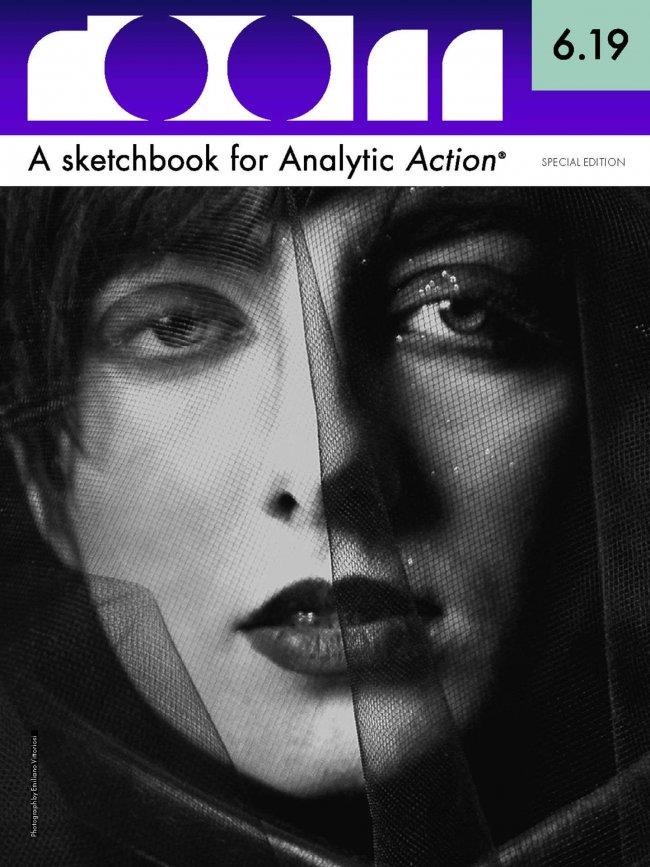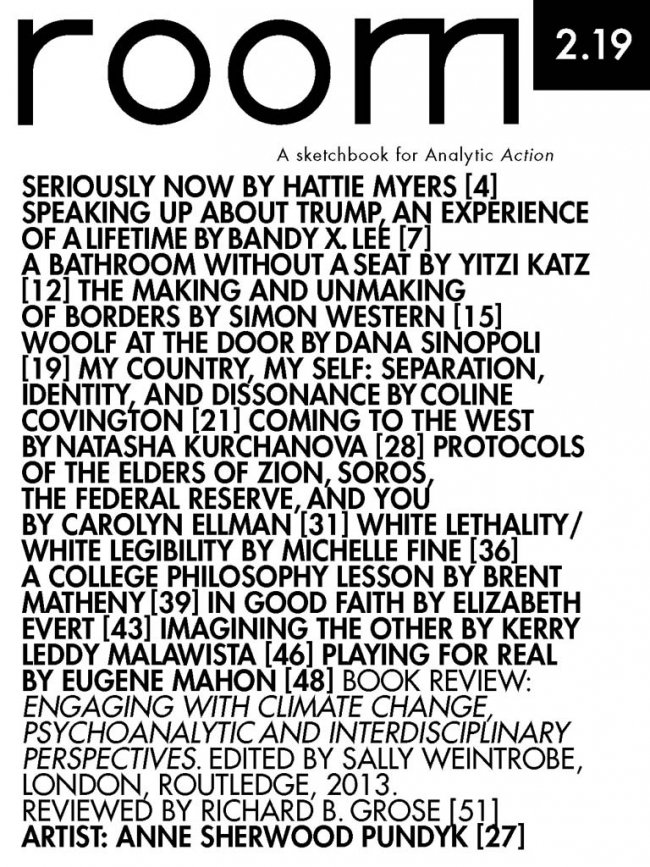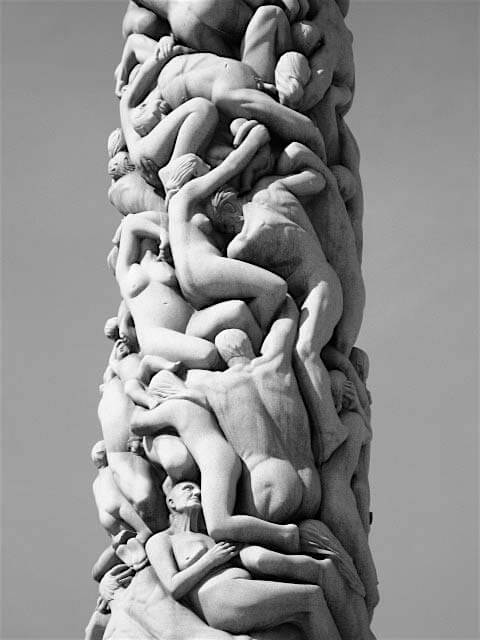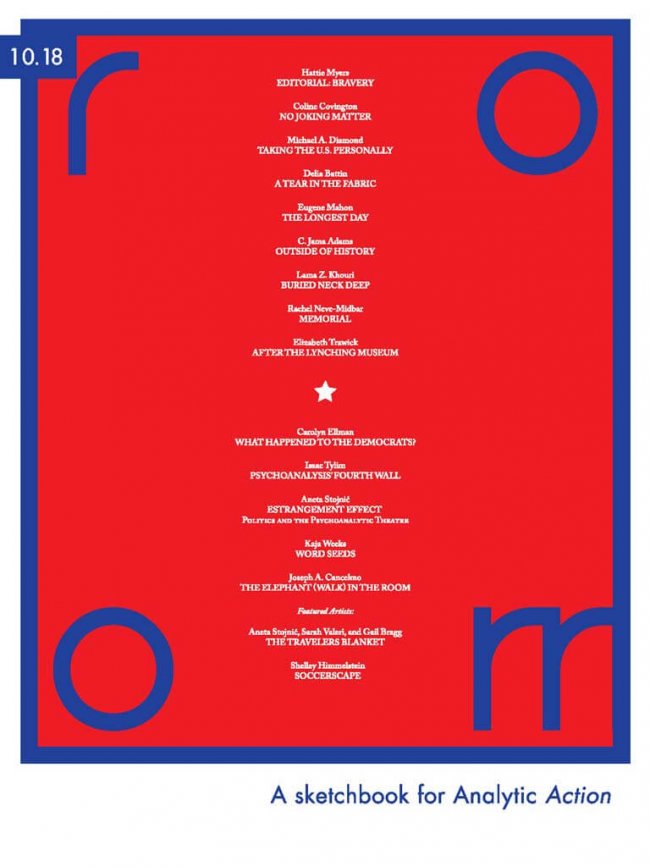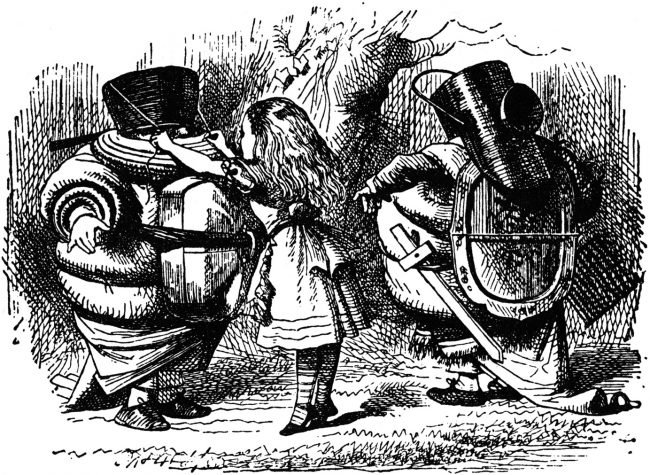A WINDOW IN by Elizabeth C. Evert
As a magazine at the intersection of the psychological and the political, Room has published a number of articles that aim to explore the cultural divides in the US and beyond. In this vein, Jacob Smith has written a piece about being an Evangelical Christian in 2019, who cares deeply about humanitarian as well as spiritual issues.



